The regulatory landscape for NHP labelling is evolving, with businesses facing increasing pressure to comply with Health Canada’s updated regulations. Initially published on June 21, 2022, the Regulations Amending the Natural Health Products Regulations introduced stricter labelling requirements, set to take effect on June 21, 2025.
Many industry stakeholders have shared their concerns about the challenges of implementing these new regulations. Health Canada is listening and actively working with businesses, consumer groups, and health professionals to find solutions that work for everyone. Keep reading to learn how these changes might impact your business and what steps you can take to stay ahead.
Ministerial Exemption Order: What It Means for Your Business
Recognizing these challenges, Health Canada has announced a Ministerial Exemption Order, delaying the mandatory compliance date for newly licensed NHPs. Published on February 25, 2025, this exemption extends the deadline for newly licensed NHPs to June 21, 2028, aligning with the transition period granted to products licensed before June 21, 2025.
NHPs licensed and labelled in Canada prior to June 21, 2025, already have a transition period of three years starting on June 21, 2025, during which they can continue to be sold with their current labels. This means that all NHPs now have the same date, June 22, 2028, to comply with the new labelling requirements.
This move aims to provide businesses with additional time to adapt to the changes while maintaining compliance with existing safety and quality standards.
How Health Canada Is Supporting the Industry
To help businesses navigate these changes smoothly, Health Canada is introducing several support measures. These efforts aim to simplify compliance, address stakeholder concerns, and ensure that companies have the necessary resources to meet regulatory requirements. Here’s what you can expect:
- Updated NHP monographs: Providing clearer guidance on ingredient labelling and safety information.
- Revised labelling guidance documents: Improving clarity and reducing ambiguity in compliance requirements.
- Ongoing stakeholder engagement: Ensuring businesses have the necessary resources and support to meet regulatory expectations.
Next Steps: What Businesses Should Do Now
This exemption gives businesses extra time, but don’t wait until the last minute! Now is the perfect time to proactively prepare for compliance by:
- Reviewing the updated labelling requirements: Ensure that your team is aware of the latest regulations.
- Developing a compliance strategy: Begin planning for packaging updates and regulatory alignment.
- Engaging with regulatory experts: Seek professional guidance to navigate compliance challenges efficiently.
At Quality Smart Solutions, our regulatory experts are here to help you stay ahead of the evolving NHP labelling landscape.
Contact us today to ensure your products remain compliant or fill out the form below to get started. For official details, visit the Health Canada website.
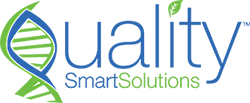
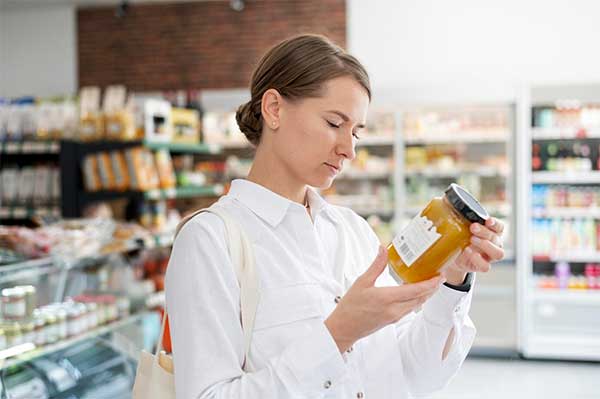


 Health Canada’s 2026 Fragrance Allergen Rules: What You Need to Know
Health Canada’s 2026 Fragrance Allergen Rules: What You Need to Know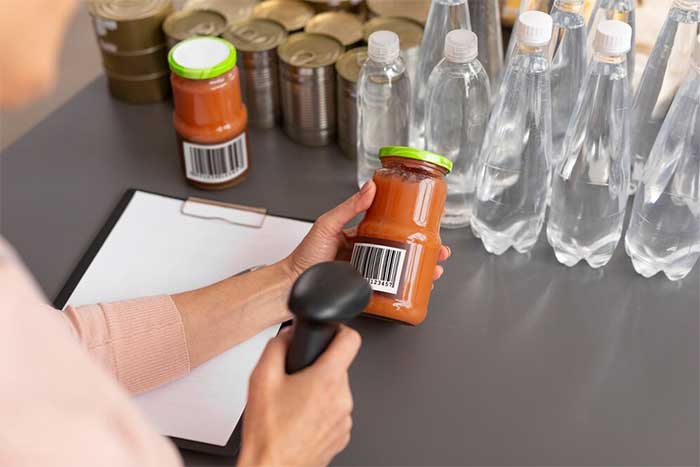
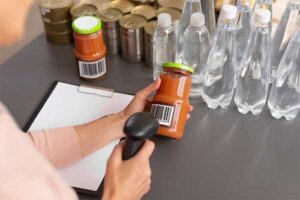 Introduction
Introduction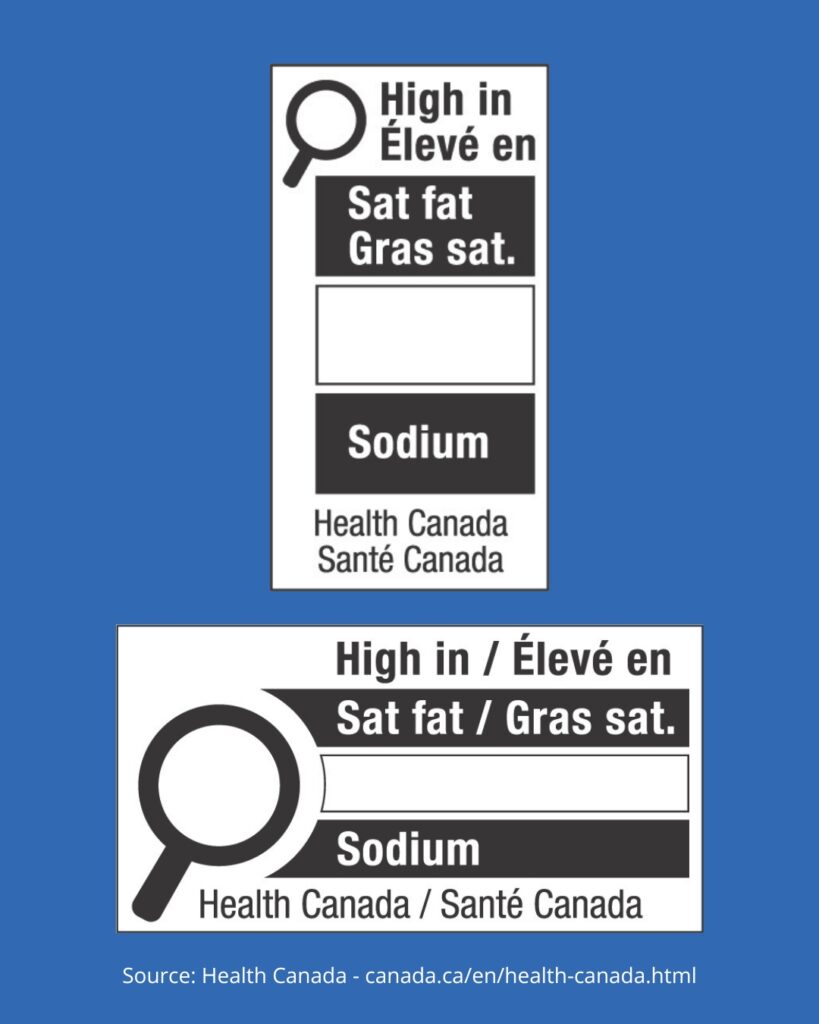

 Understanding ‘Made in Canada’ Claims
Understanding ‘Made in Canada’ Claims


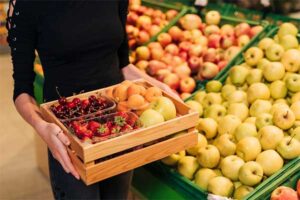

 GRAS in pet food – these four words can make a big difference in your product’s regulatory status. Understanding what GRAS designation means and how it impacts your pet food formulations is essential for navigating the complex world of animal feed regulations.
GRAS in pet food – these four words can make a big difference in your product’s regulatory status. Understanding what GRAS designation means and how it impacts your pet food formulations is essential for navigating the complex world of animal feed regulations. 